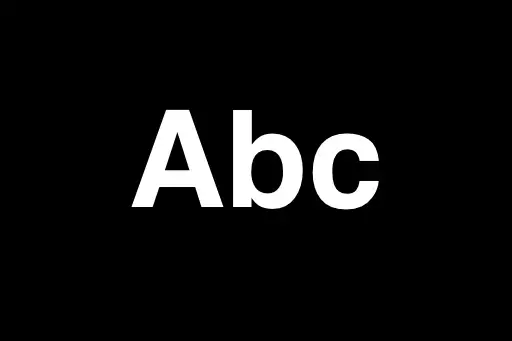Understanding the Problem
We are given a string, and our goal is to convert it into an integer — similar to the C-style atoi function. However, this isn’t as simple as it sounds. The string might have:
- Leading whitespaces
- Optional '+' or '-' signs
- Digits that form the number
- Trailing or interleaved invalid characters
- Very large or very small values that cause overflow
We must carefully extract a valid integer from the string, character by character, while following strict rules. If the string doesn't begin with a valid number after skipping whitespace, we must return 0.
Step-by-Step Solution with Example
step 1: Skip leading whitespaces
We start scanning from the beginning of the string and ignore all spaces. These don’t affect the number.
Example: For input " -42", we skip the three spaces and move to '-'.
step 2: Handle optional '+' or '-' sign
After whitespace, the first character might be a '+' or '-'. This sets the sign of the final result.
Example: In " -42", we detect '-', so the number will be negative.
step 3: Convert consecutive digits into a number
Now we read digits (0 to 9) one by one. For each digit, we multiply the current number by 10 and add the digit.
Example: From "-42", we convert '4' and '2' into the number 42. Since the sign was '-', the final result becomes -42.
step 4: Stop at the first non-digit character
If we encounter a non-digit (like a letter or symbol), we stop parsing there. We only consider the valid numeric prefix.
Example: In "4193 with words", we stop reading at the space before "with" → result is 4193.
step 5: Clamp the value to fit within 32-bit signed integer range
The valid range is from -2147483648 to 2147483647. If the number exceeds this, we must cap it to the closest boundary.
Example: For "91283472332", the value exceeds 2147483647, so we return 2147483647.
step 6: Return 0 if nothing can be converted
If there's no valid digit after trimming spaces and signs, we simply return 0.
Example: For " " or "words and 987", no conversion is possible → result is 0.
Edge Cases
- Empty string:
"" → nothing to parse → return 0.
- Only spaces:
" " → becomes empty after trim → return 0.
- Starts with letters:
"abc123" → no digits at start → return 0.
- Only sign:
"+" or "-" with no digits → return 0.
- Overflow:
"9999999999" → exceeds max → return 2147483647.
- Underflow:
"-9999999999" → exceeds min → return -2147483648.
Finally
This problem teaches us how to break a real-world task into safe, logical steps. By handling each character carefully and accounting for edge cases like signs, invalid input, and overflow, we make our solution reliable and beginner-friendly. Always remember: start small, handle edge cases, and test with multiple scenarios.












Comments
Loading comments...